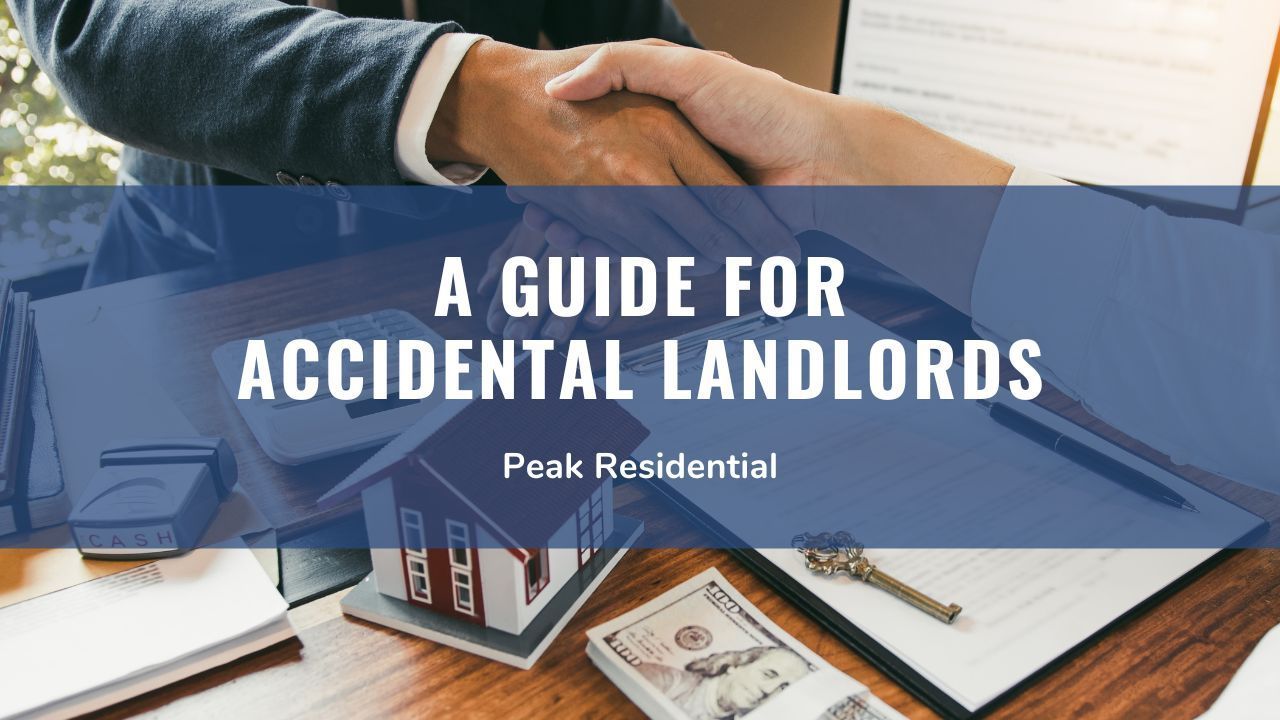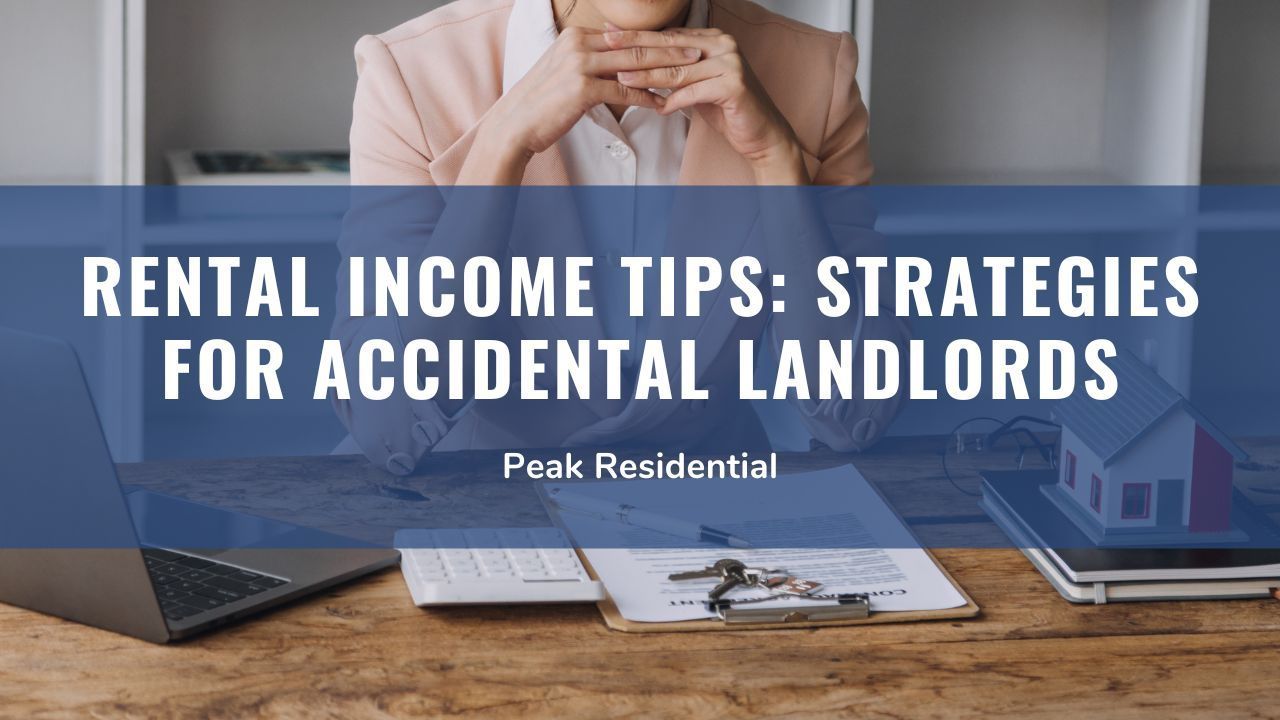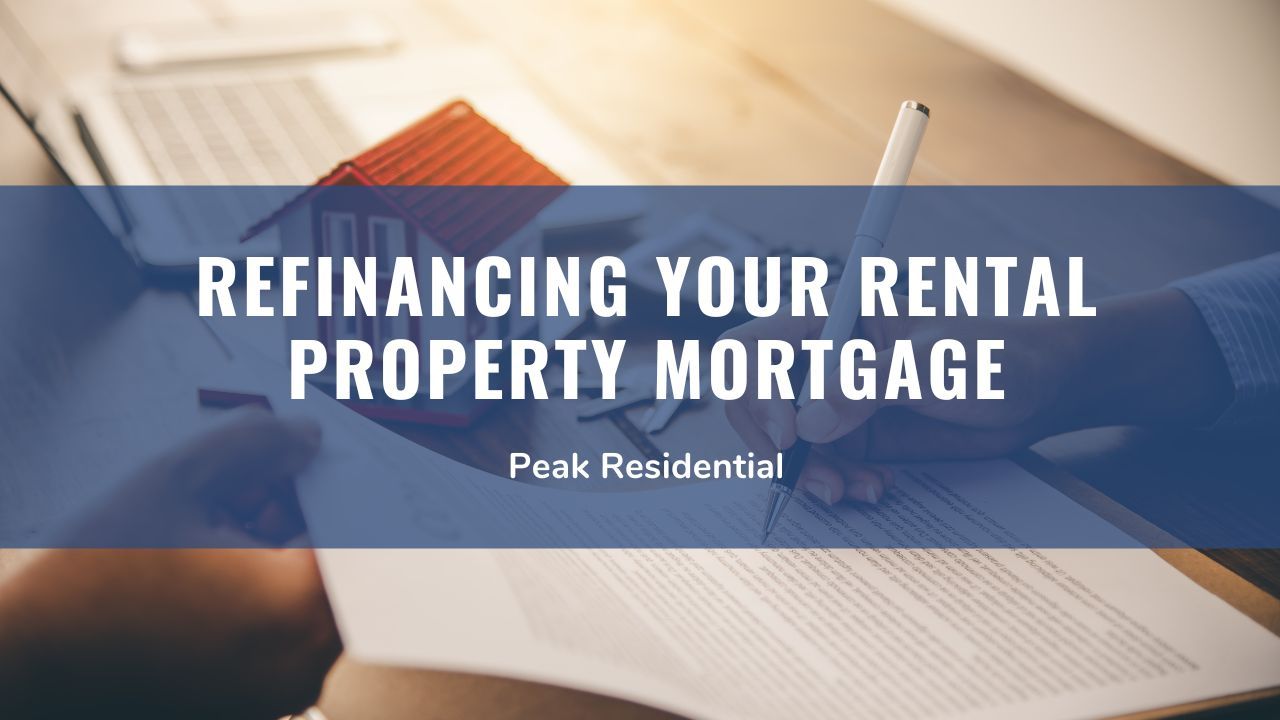Key Takeaways
- Encourage One Application Per Household: To streamline processing and reduce confusion, applicants are instructed to apply only once and list their preferred properties—making it easier to manage multiple listings efficiently.
- Require Complete Documentation Upfront: Avoid delays by insisting on full applications, including ID, income proof, and fees. Incomplete submissions won’t be reviewed, saving time and administrative hassle.
- Use Clear, Consistent Qualification Standards: Peak applies firm criteria—such as income at least 3x rent, strong credit, and no recent evictions—helping protect your investment with qualified tenants.
- Expect Quick Turnaround When Documentation is Complete: With a fully submitted application, decisions are typically made within 2–3 business days, minimizing vacancy time and improving leasing efficiency.
For full-time and part-time landlords, receiving multiple applications for a single rental property can be both a blessing and a challenge.
On one hand, it shows that your property is desirable and you have plenty of options. On the other, it creates the need for a thoughtful, consistent, and fair process to determine which applicant is the best fit.
If managed well, this situation can lead to securing an excellent resident who pays on time, takes care of the property, and stays for the long term. But if handled poorly, it may open the door to legal issues, bad reviews, or losing a high-quality applicant to another property.
In this guide from
Peak Residential, Inc., we’ll go over how to manage multiple applications efficiently and professionally, while staying compliant with housing laws.
Set Clear Application Criteria Before Accepting Applications
Before you begin reviewing applications, it's crucial to have a clearly defined set of screening criteria. These should be consistent, legally compliant, and publicly available before anyone applies.
Typical criteria include income requirements, credit score minimums, rental history, background check results, and employment verification. By outlining these upfront, you protect yourself from accusations of discrimination and ensure all applicants are aware of the standards they must meet.
This also helps weed out applicants who know they don’t meet the requirements, saving you time and effort.
Should You Follow a First-Come, First-Qualified Policy?
Some landlords operate on a “first-come, first-qualified” basis. In this approach, the first applicant to submit a complete application who meets all criteria is offered the lease agreement.

This method is transparent, reduces applicant confusion, and helps landlords avoid claims of unfair treatment. However, not all landlords prefer this route. Others want to evaluate all applications received within a certain window, say 48 or 72 hours, and then choose the strongest candidate.
This method allows for a more holistic comparison but requires careful documentation to show you followed a consistent process.
Whichever approach you choose, document it and apply it uniformly. Be sure to
communicate your method to prospective applicants during the initial inquiry phase.
Evaluate Applicants Objectively and Consistently
When you have multiple applicants, your goal should be to find the one who is most likely to be a reliable, responsible resident. Start by reviewing the applications against your predefined criteria.
Here are some of the factors to assess:
- Income Stability: Look for income that is at least two to three times the monthly rent, supported by pay stubs or tax returns. Steady, long-term employment is often a good sign of financial stability.
- Credit History: A higher credit score typically signals that the applicant pays bills on time. But also look at the credit report for any recent bankruptcies, collections, or unpaid rent to previous landlords.
- Rental History: Contact current and previous landlords to confirm whether the applicant paid rent on time, maintained the property, and followed lease terms.
- Background Checks: Criminal history should be evaluated carefully, keeping in mind Fair Housing regulations. Not all offenses are grounds for denial, and landlords must assess whether any convictions pose a legitimate risk.

If multiple applicants meet your criteria, consider additional factors such as the length of their anticipated stay, flexibility on move-in date, and how well they communicated throughout the application process.
Communicate Transparently With All Applicants
Transparency goes a long way in maintaining professionalism and trust. If you're reviewing multiple applications, let applicants know upfront that you’ve received others and are evaluating them together. This manages their expectations and reduces unnecessary follow-ups.
Once you’ve made a decision, promptly notify the selected applicant and offer them the lease. But don’t forget to notify those who weren’t selected.
A polite and professional message informing them that another applicant was chosen can leave a good impression and keep the door open in case your first choice falls through.
Avoid disclosing personal details or reasons that could be misinterpreted. Simply state that you’ve selected a different applicant who better fits your rental requirements.
Be Mindful of Fair Housing Laws
All landlords, regardless of property size or location, are required to comply with federal Fair Housing laws. These prohibit discrimination based on race, color, national origin, religion, sex, familial status, or disability.
Some states and localities extend this to include sources of income, sexual orientation, and other protected classes.This means you cannot choose a tenant based on any of these characteristics, even subconsciously.
For example, choosing a single applicant over a family simply because you believe a family will cause more wear and tear on the unit could be considered discriminatory.

To protect yourself, maintain detailed records of your application process and document why you selected one applicant over another based on objective criteria. A clear paper trail can be a strong defense against any allegations of bias.
Have a Back-Up Plan in Case the Chosen Applicant Backs Out
Even after selecting a qualified applicant, things can change. They may find another property, experience a change in finances, or reconsider moving altogether. That’s why it’s helpful to keep one or two backup applicants on file.
When rejecting applicants, let them know you’ve chosen someone else but ask if you may keep their application on file in case the lease falls through. Many will appreciate being considered a second choice rather than being completely dismissed.
Be sure not to hold their information indefinitely, though. Respect
privacy laws and only keep records for a reasonable amount of time unless you’ve received explicit consent to retain their data longer.
Consider Charging an Application Fee
One way to ensure applicants are serious is to charge a reasonable, non-refundable application fee that covers the cost of background and credit checks. This discourages applicants who are not fully committed and helps offset your administrative expenses.
However, be mindful of your local laws, as some areas limit the amount you can charge or how you can use the fees. Always provide receipts and disclose what the fee covers.
Bottom Line
Handling multiple applications for a single rental property is a good problem to have, but it requires a thoughtful and fair approach. Make sure to follow the Fair Housing laws when evaluating applications and making a decision.
With the right strategy and a structured process, you can turn a flood of interest into an opportunity to secure a high-quality resident who will treat your property with care.
If you ever feel unsure, partnering with a reliable property management company like
Peak Residential, Inc. can help make the process smoother, safer, and more professional from beginning to end.
















